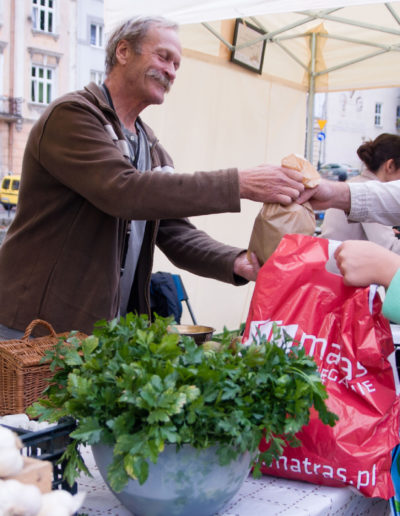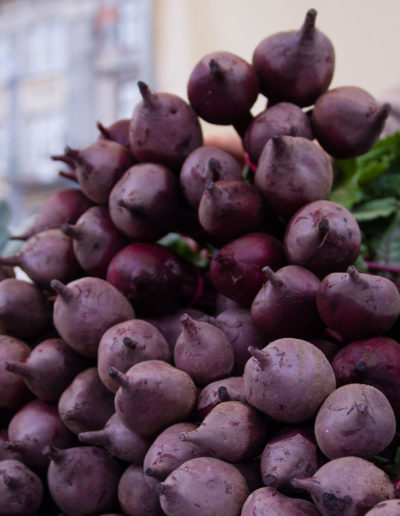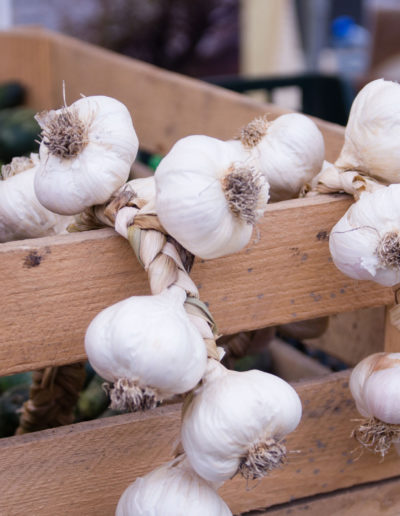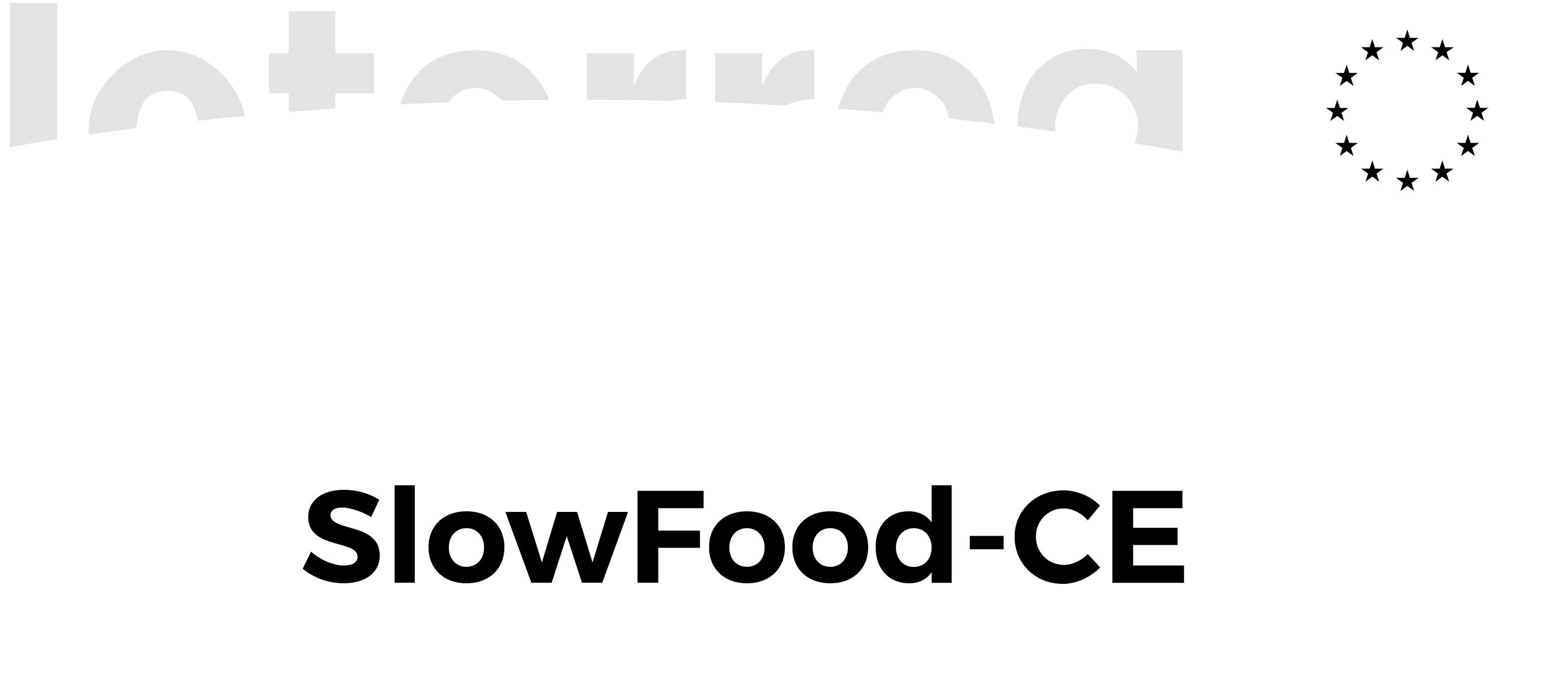Krakow
Krakow’s market is a window into the region’s rural culture
When trying to analyze Krakow’s (and Poland’s) gastronomic heritage, it becomes clear that there are not many available written sources: In Poland, only a few people conduct research on GCH and it is a relatively new object of historical research; to date, nobody has conducted detailed studies on the gastronomic heritage of Krakow. We have no Medieval or Renaissance Polish cookbooks, and we can only guess what dishes were prepared on the basis of ingredients available in Krakow. And the information on these ingredients usually comes from accounting books, city price lists, guild documents, or archaeological and botanical research, which supplements our knowledge. Small pieces of information can also be found in accounts written by visitors to the former Polish capital. Other sources of knowledge include literature and descriptions of Krakow’s market square and the goods sold there.
In order to develop a full picture, desk research in Kraków had to involve more scientific methods, including the examination of historical sources, analysis of visual materials to be used under the Creative Commons license, and interviews with selected residents of Krakow concerning their family culinary traditions. An in-depth analysis was prepared presenting traces of gastronomic heritage from the Middle Ages up to modern times.
Oscypek Cheese
Oscypek has been produced in the Tatra Mountains since the 14th century, when farmers from the southern Romanian province of Walachia brought dairy farming to the Polish Carpathians. Oscypek is made from the milk of Zackel sheep, a Hungarian breed that has adapted to the local landscape and conditions over the past three or four centuries. The cheese is produced by the shepherds themselves in rudimentary but rigorously hygienic huts. In each hut, or bacowka, a fire is always lit; it is used for cheesemaking and for smoking the finished cheeses, which are hung from the rafters. The cheeses are shaped with decorated wooden molds.
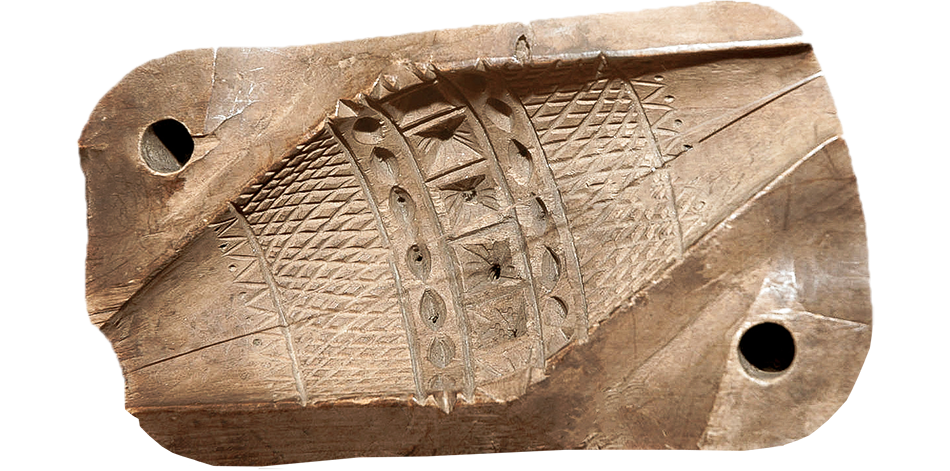
Krakow Earth Market – Targ Pietruszkowy
Krakow, Poland’s second-largest city with around 750,000 inhabitants, is home to the Targ Pietruszkowy (literally “parsley market”) farmers’ market. Located in the south of the country, in the Małopolska region, Krakow is one of Poland’s top tourist destinations, but most of the market’s customers are locals from Krakow and nearby towns and villages.
The Targ Pietruszkowy agricultural market was started in June 2013 thanks to the hard work of some young people from Podgórze district who wanted to meet the needs of citizens interested in finding local producers of healthy and sustainable food. Every Saturday, a few dozen small-scale producers (between 40 and 80) participate in the market. The products sold at Krakow Earth Market – Targ Pietruszkowy must come from within a 150-kilometer radius of Krakow, which means that they are fresh and seasonal. The customers know that, with their shopping, they are supporting the agricultural communities of the Małopolska region.
The products are all sold directly by the producers, whose farms must be no bigger than 15 hectares and cultivated in a diversified way. The farmers who participate can get a fair price for their hard work because there are no intermediaries. Face-to-face meetings between producers and consumers in the market allow for a useful exchange of knowledge.

